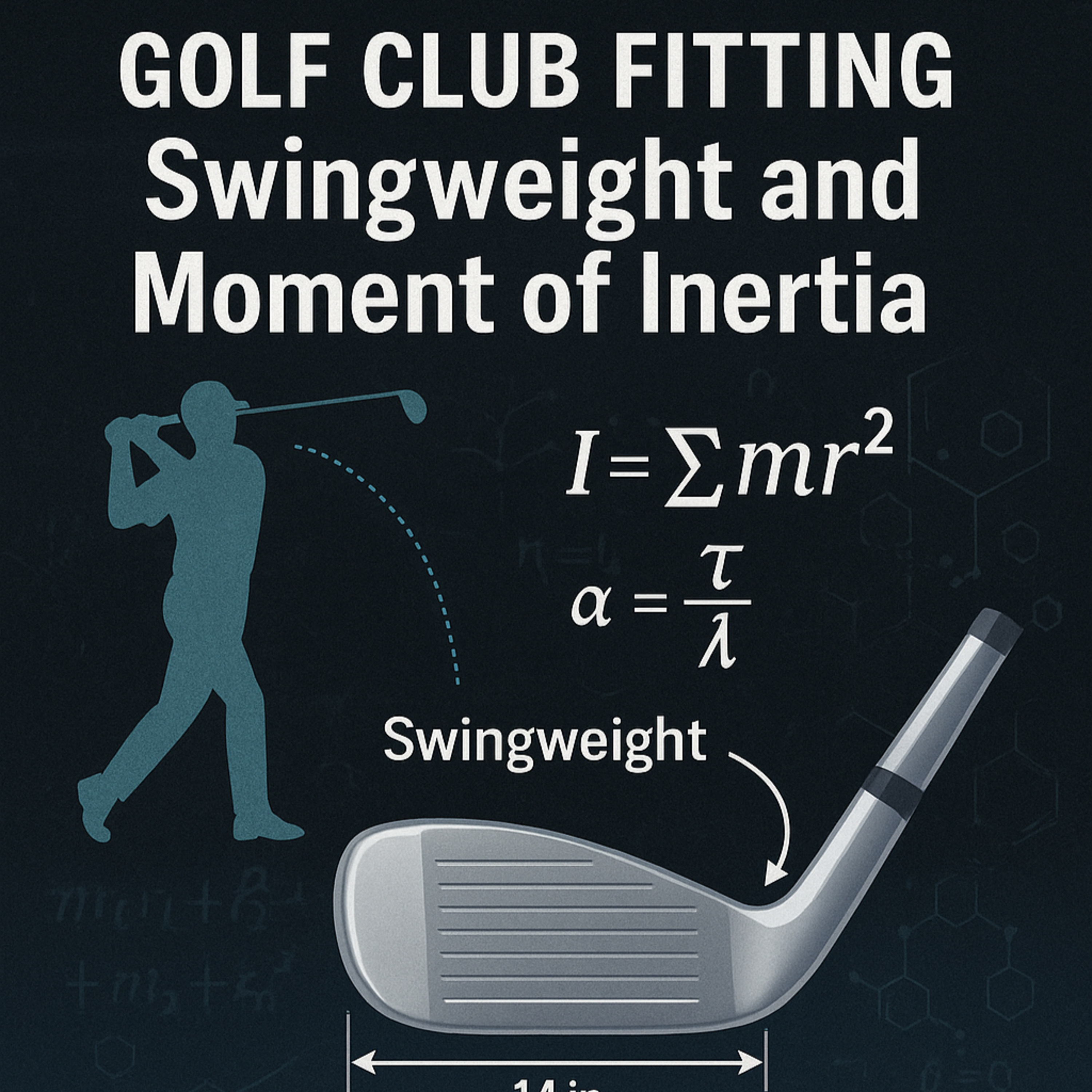#327 Swingweight vs. MOI Fitting in Golf
- Author
- Golf247.eu
- Published
- Tue 26 Aug 2025
- Episode Link
- https://podcasters.spotify.com/pod/show/puttin-pro/episodes/327-Swingweight-vs--MOI-Fitting-in-Golf-e37ac38
The balance of a golf club shapes how it feels in motion, and two fitting philosophies dominate modern club building: swingweight and moment of inertia (MOI) fitting. While swingweighting is a long-standing, static measurement, MOI fitting seeks a more dynamic, individualized approach.
Swingweight: Tradition and Simplicity
Swingweight is not total mass but how heavy the club feels around a pivot 14 inches from the butt. It is expressed on a scale from A0 to G9, with each point equal to about two grams of head weight. Length, head design, and shaft profile all affect the number: a half-inch longer shaft raises swingweight by roughly three points, while a heavier head increases it further.
Most off-the-rack men’s clubs fall between D1 and D3, women’s between C5 and C7. Too light a build can make players lose the feel of the head and rush the transition; too heavy and tempo often suffers. Still, swingweight fitting is affordable, widely available, and generally suitable for beginners, steady-tempo players, or those less sensitive to subtle weight changes.
MOI Fitting: Matching the Effort
MOI measures how much force it takes to swing a club. MOI fitting adjusts head weight and length so every club in the set demands the same effort. Instead of identical balance points, players get identical swing feel.
Finding the right MOI can be done by measuring a golfer’s favorite club or testing different head weights until the swing feels natural. A matched set may read progressively heavier on a swingweight scale, but in motion each club feels the same. Players often report more center strikes and greater consistency.
Pros and Cons
Swingweight fitting is simple, inexpensive, and effective for the majority of recreational golfers. MOI fitting, by contrast, requires specialized tools and more time, but offers tailored precision. It particularly benefits golfers who notice dramatic differences between clubs, have a clear “go-to” iron, or demand maximum repeatability.
Which Approach Fits You?
- Swingweight fitting works best for newcomers, casual players, and those who prefer a straightforward, budget-friendly option.
- MOI fitting suits serious amateurs and professionals, golfers sensitive to weight variations, or players seeking the same effort across the bag.
Conclusion
Swingweight and MOI fitting reflect two paths to the same goal: giving golfers a set of clubs that feels cohesive. Swingweight remains the industry standard and plenty effective for most. But for players chasing absolute consistency, MOI fitting can be the difference between equipment that simply works — and equipment that works perfectly for them.
